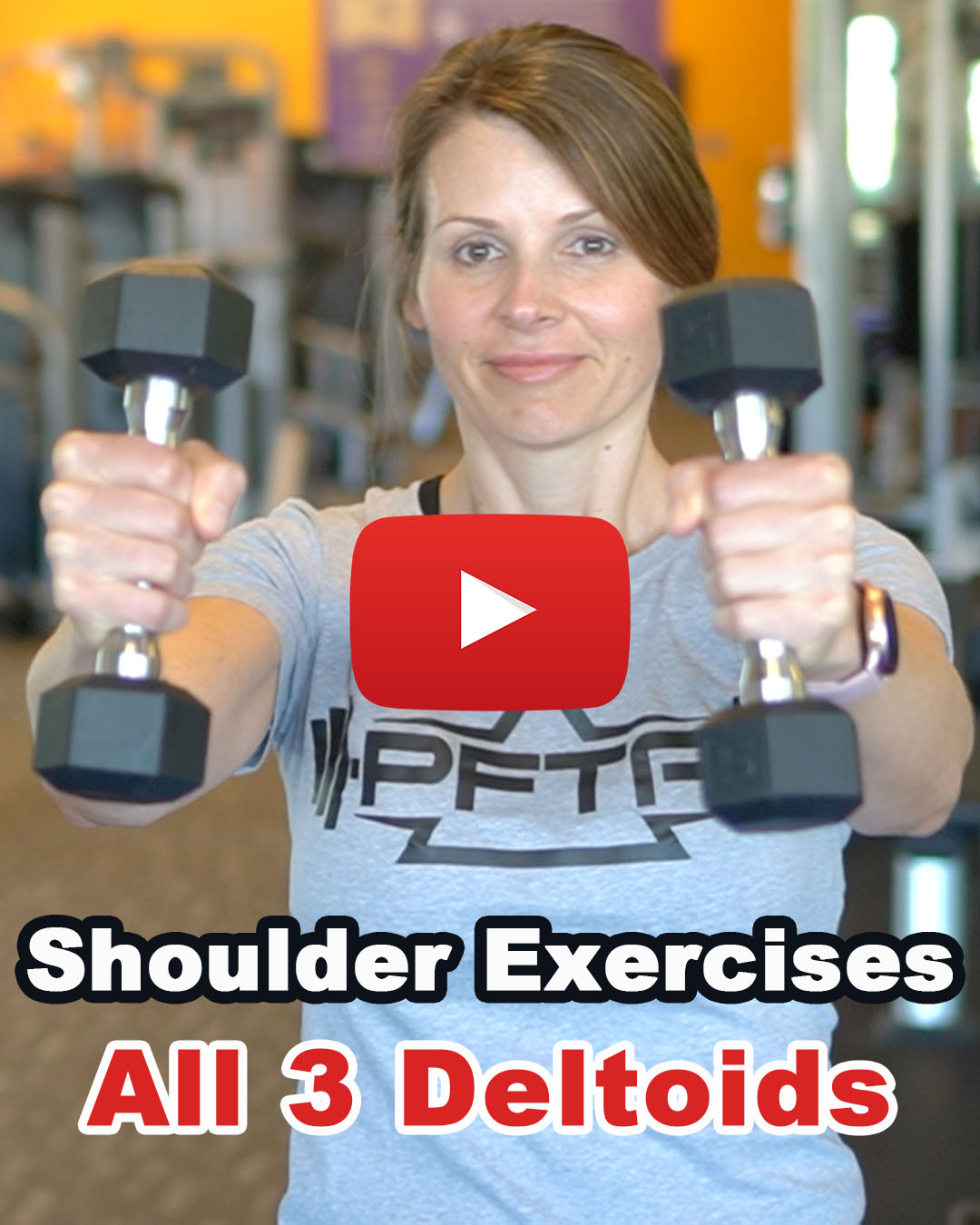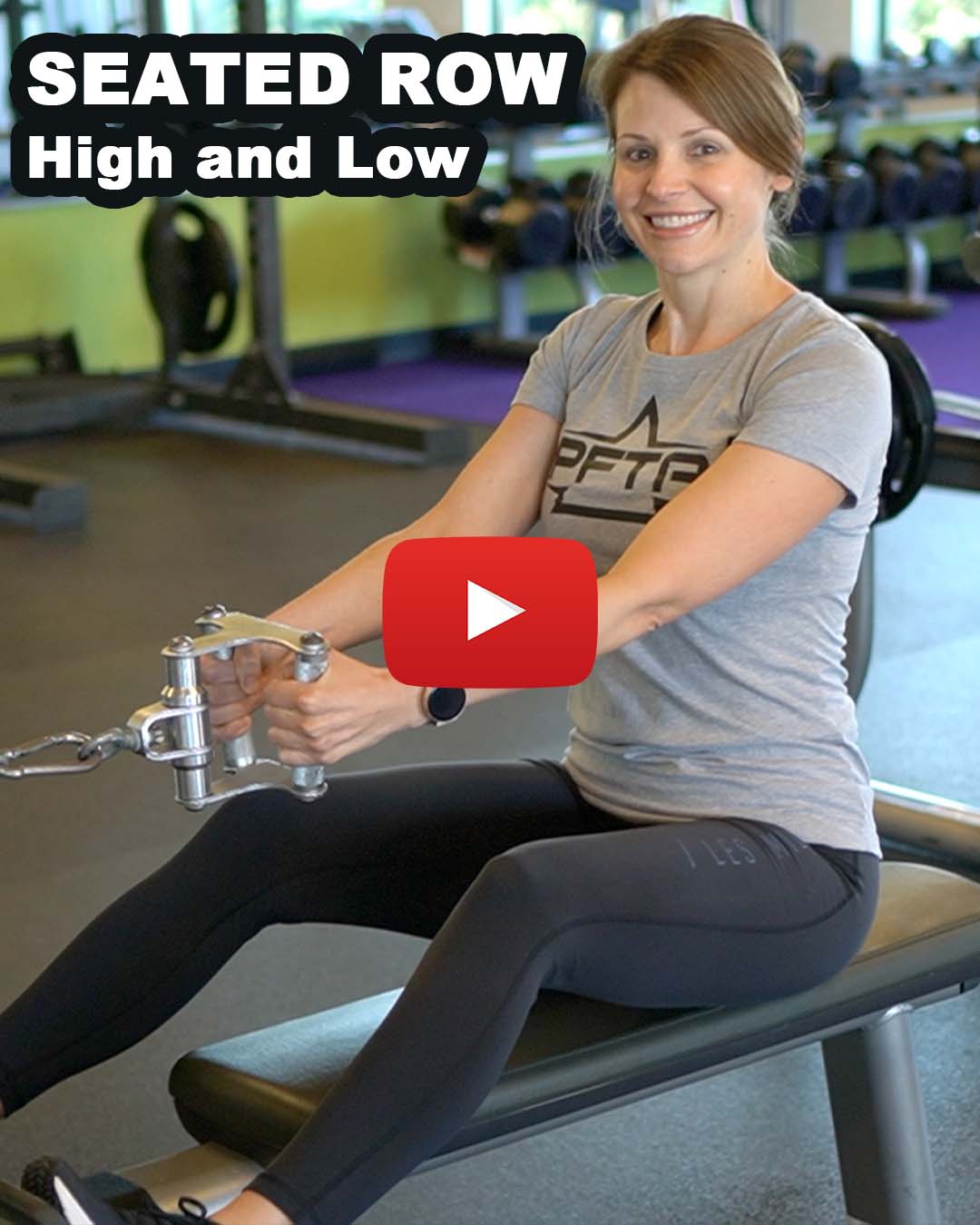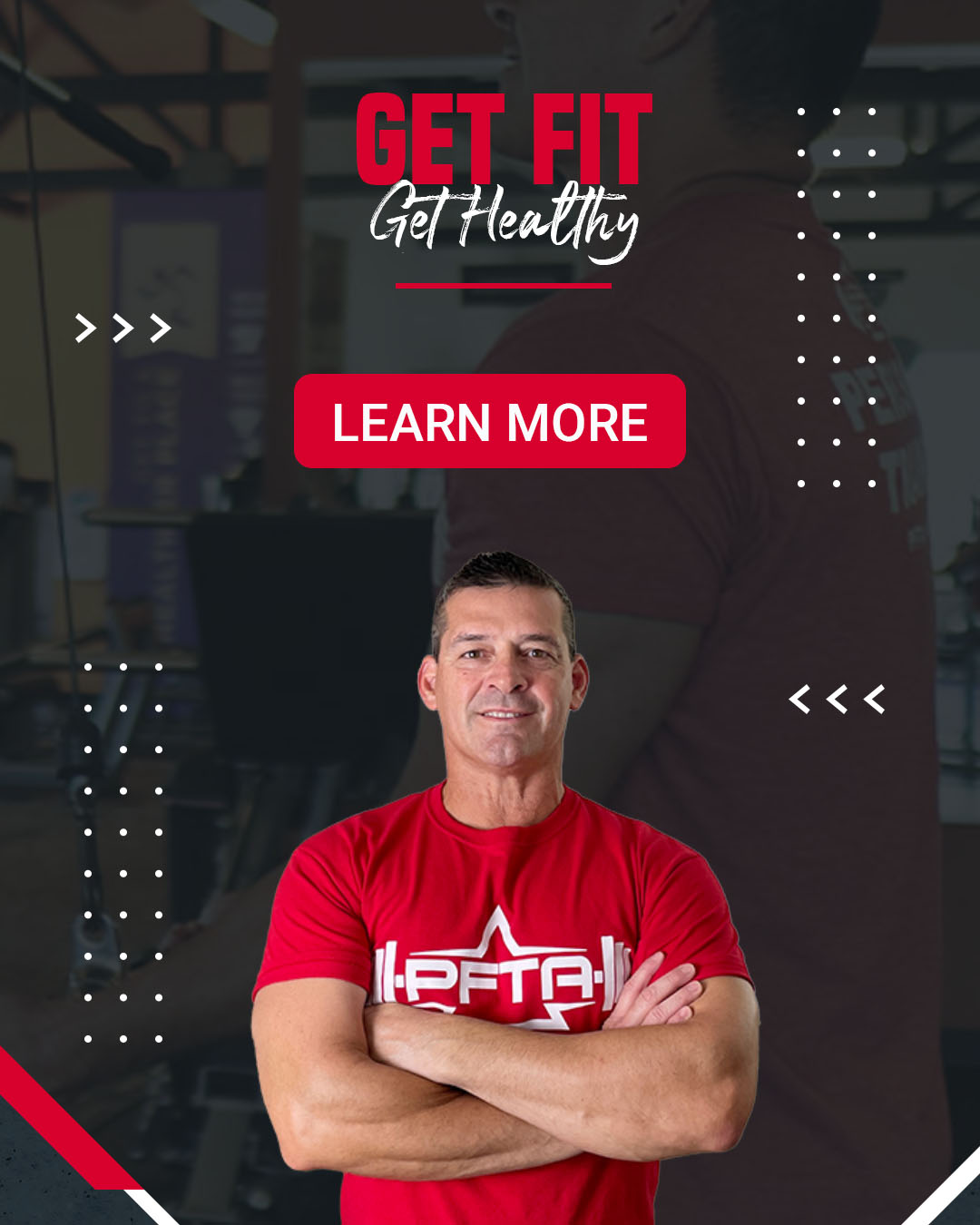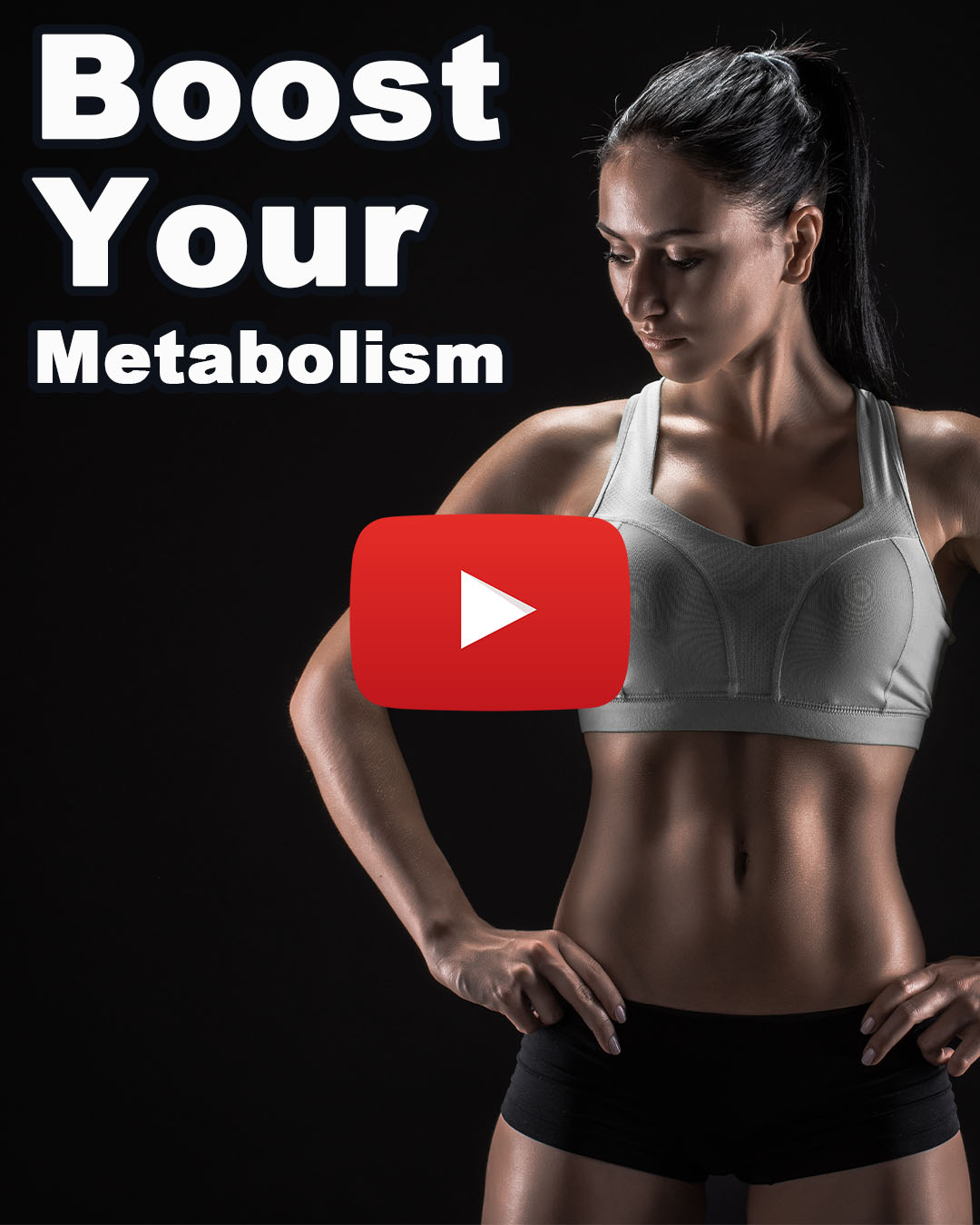Rounded Shoulders
Rounded shoulders, also known as upper crossed syndrome, is a postural condition where the shoulders are positioned forward in relation to the body's midline. This posture is commonly caused by prolonged activities that involve leaning forward, such as working at a computer, using a smartphone, or driving. Over time, the muscles in the chest (pectorals) may become tight, and the muscles in the upper back (rhomboids and trapezius) may become weak, leading to this misalignment. Click the image below to watch a detailed explanation on a fix. Or, keep reading to learn more.

Step 1: Prevention
Most of us get rounded shoulders from sitting at a computer desk all day. So while you are sitting in your chair, make sure you sit up straight and don't slouch. Practicing good posture will keep your chest muscles flexible and will also keep your shoulders back in a perfect position.
Furthermore, another tip for office workers is to get up out of your chair every hour, for at least 5 to 10 minutes. If you have enough time, you can even go for a walk. Going for a walk will get your blood flowing, burn a few calories, and may even relieve some stress. Adding exercise to your daily routine is great medicine for your physical health and your mental health.
And if you want to learn more about exercise science and sports nutrition, click the image below to review our classes.

Step 2: Strengthen Your Back
Sitting at a computer desk with slouched shoulders will create weak back muscles. Therefore, in order to correct your rounded shoulders, you will need to strengthen your back muscles. I would recommend picking 2 to 3 exercises that will strengthen your upper and mid back. One exercise you can do to strengthen your mid back is TRX high rows (pictured below). TRX Bands are a great tool you can carry with you just about anywhere. Click on the image below for more information on the benefits and instructions of using TRX Bands.

Another great exercise to strengthen your mid-back is reverse pec deck. You can usually find this machine at the gym. An alternative to reverse pec deck is bent laterals. You can perform bent laterals with dumbbells at the gym or at home. If you're curious about some of these exercises, we've written an article on several exercises for your deltoids. A few of these back exercises are included in the article and the video below. Click on the image below to watch exercises demonstrations of bent laterals, reverse pec deck, and more.

In addition, you can perform seated rows to strengthen your back. If you keep your elbows down, you will target your lats more than your mid/upper back; but, if you keep your upper arms perpendicular to your torso, the primary movers will be mid traps, rhomboids, and the rear deltoids. We've written an article and how you can set up the rowing exercise to target different muscles in your back. Click the image below to watch exercise demonstrations.

Furthermore, deadlifts can be highly effective for correcting rounded shoulders, but they need to be performed with proper technique to achieve the best results and avoid injury. Deadlifts target the entire posterior chain, including the hamstrings, glutes, lower back, and upper back muscles. Strengthening these muscles helps counteract the forward pull caused by tight chest muscles and weak upper back muscles.
If you’re new to deadlifting, start with a light weight to master the technique before gradually increasing the load. Variations like Romanian deadlifts or trap bar deadlifts can also be effective and might be easier for maintaining proper shoulder alignment. If you need help with deadlifts or any of the other exercises mentioned above, be sure to consult with a PFTA certified personal trainer like the one below. Click the image for more info.

Step 3: Stretch your Chest Muscles
The final step involves stretching your chest muscles. Rounded shoulders is caused by tight chest muscles and weak back muscles. The easiest stretching involves twisting your torso with your arm anchored against a stationary object. Place your hand on a wall or machine about shoulder height. Then twist your upper torso so you feel the stretch through your shoulder and into your chest (pictured below).

Repeat 2 to 3 times on each side. Consistency is key. Perform these stretches and exercises regularly, ideally daily or at least 2-3 times a week, to see improvement.
Moreover, you will get many benefits from stretching including injury prevention, better sleep quality, and stress relief. Click on the image below to read more about the benefits of starting a flexibility program.

Knowledge is Power
And if you want more tips on exercise and nutrition, add your email below. You'll receive weekly tips directly to your inbox. Plus, you'll also receive the occasional coupon code for our classes.
Summary
We all want a healthy posture in our youth and in our retirement years. A healthy posture makes life a whole lot easier. If you follow the three steps above, you will be well on your way to fixing your rounded shoulders. It may not be an overnight fix, but after a few weeks, you'll start to see and feel the results. Plus, working out will also boost your metabolism. If you need more tips on boosting your metabolism, click the image below. Happy health and happy training!

Written By
RA Escobar, PFTA instructor and personal trainer